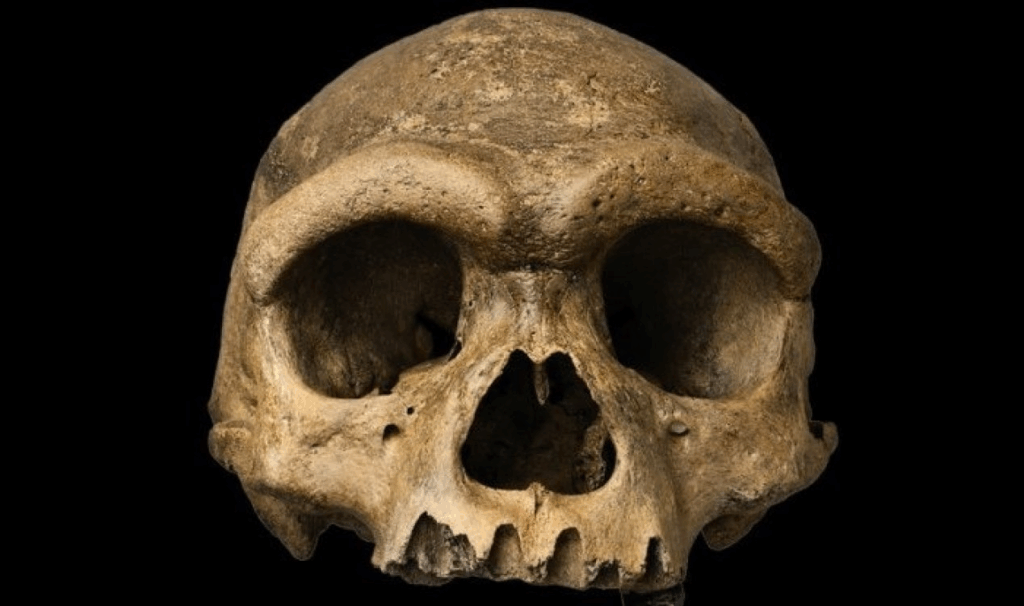
A fossilized skull, originally unearthed in the 1930s during construction near the Songhua River in Harbin, China, has finally revealed its true identity — and it’s rewriting what we know about our ancient relatives.
Dubbed “Dragon Man,” the skull had remained hidden for decades after a worker found it and secretly kept it until his family donated it to Hebei Geo University in 2018. In 2021, scientists initially announced it as a new species of early human, Homo longi. But new research tells a different story.
Two groundbreaking studies led by paleontologist Qiaomei Fu of the Chinese Academy of Sciences have now confirmed that the skull does not belong to an entirely new species, but is in fact the first known skull of a Denisovan, a long-lost human relative known mostly from bone fragments and genetic traces.
Until now, Denisovans had remained something of a mystery, with our understanding limited to a few bone and tooth fragments found in a Siberian cave. But this skull changes everything.
To confirm its origins, researchers extracted mitochondrial DNA from hardened dental plaque and proteins from the skull’s dense petrous bone. Surprisingly, the teeth preserved the DNA better than the bone itself — a key discovery that may shift how scientists study ancient remains going forward.
“Dental calculus may be a valuable source for recovering DNA in ancient human fossils,” the team noted.
The genetic evidence confirms not only the Denisovan identity of the skull but also links other fragmented fossils to this elusive species. Although the Denisovans seem physically similar to other ancient humans of the Middle Pleistocene, researchers say future fossil finds could reveal more distinctive traits.
This discovery is more than just another piece in human evolution — it’s a historic milestone in uncovering the legacy of a long-lost species that once shared the planet with us.